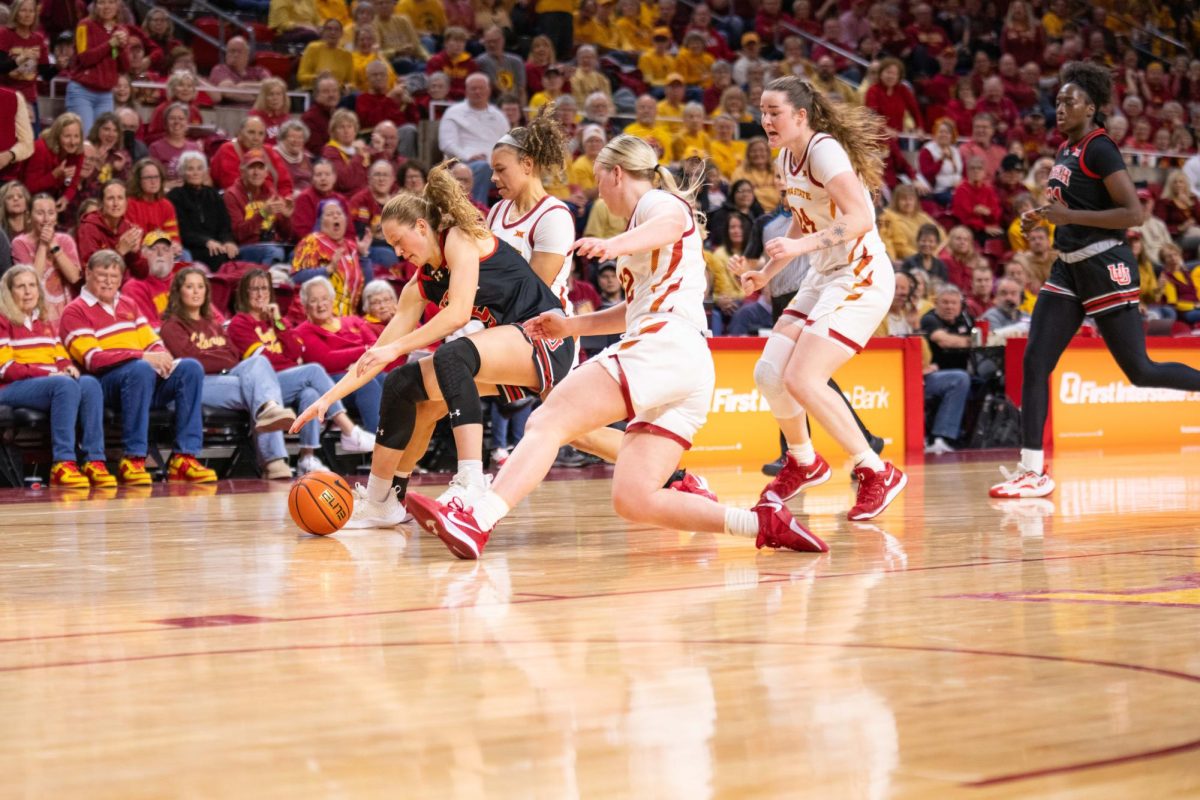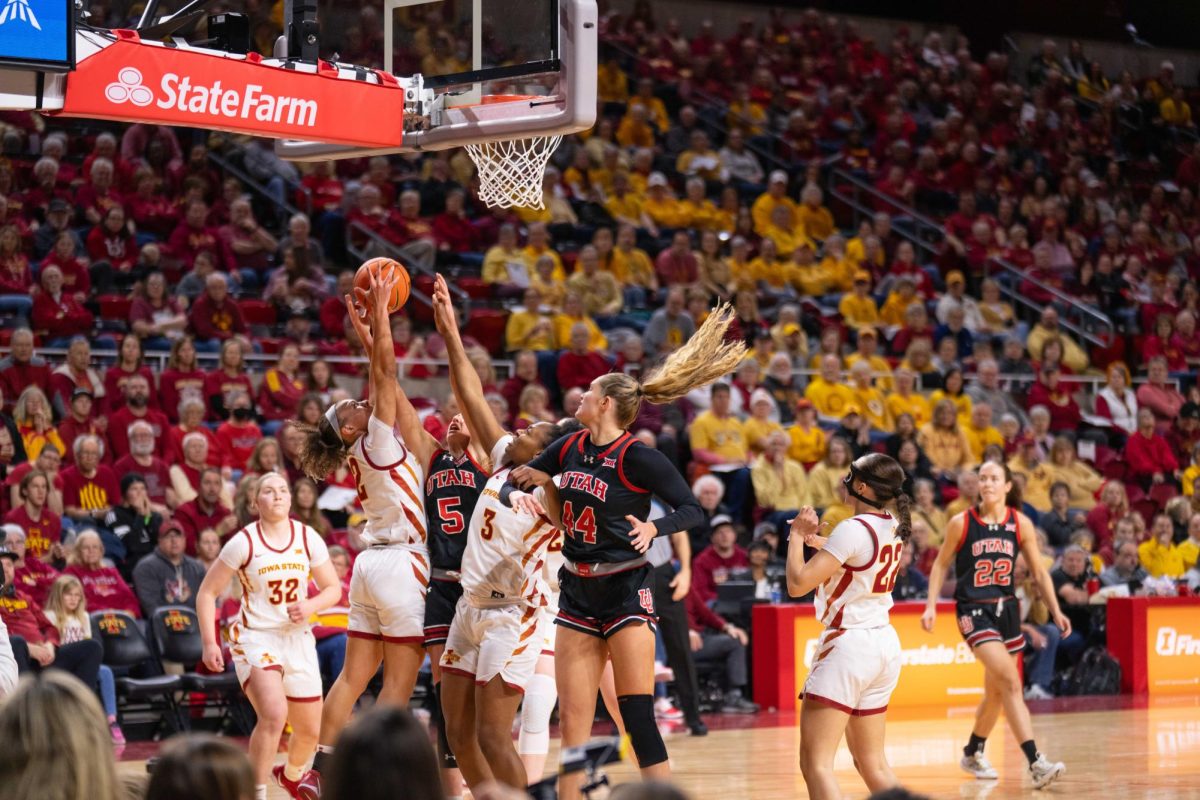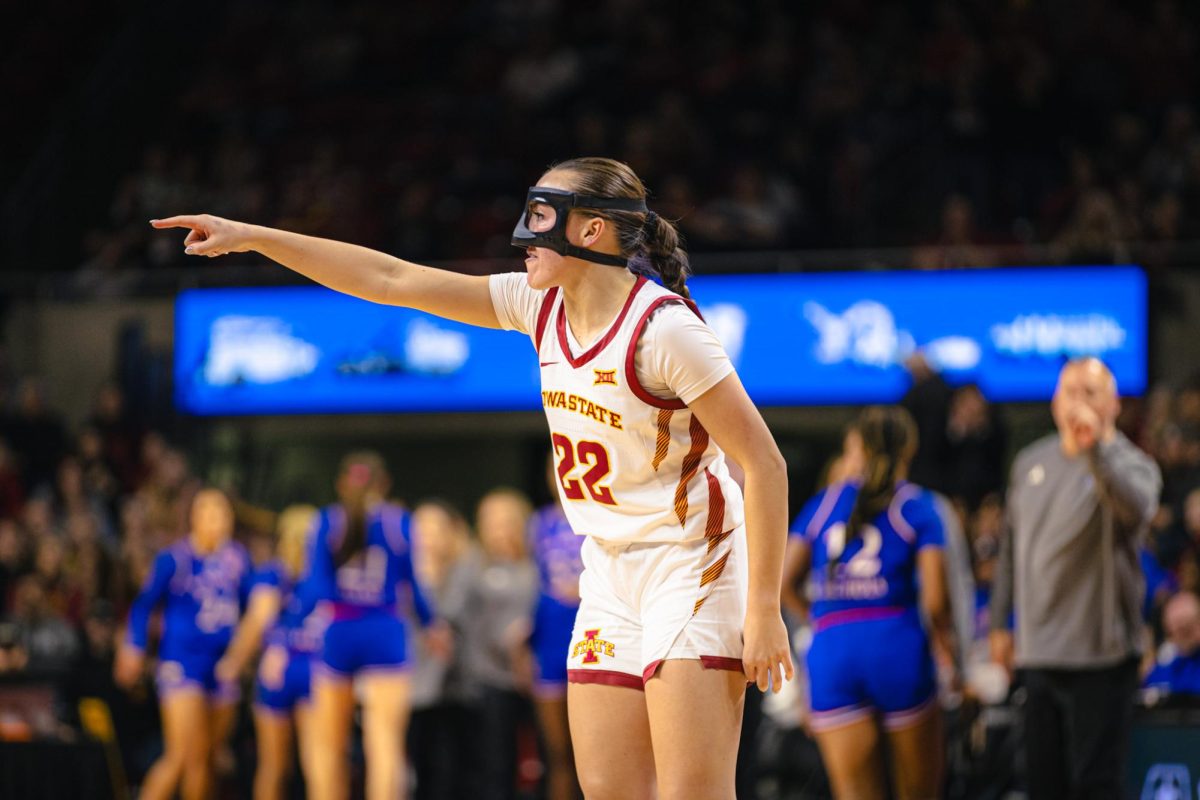In preparing for building’s future, part of Memorial Union’s past is uncovered
April 5, 2006
Archaeology and anthropology students and faculty have been digging for the truth about animal bones found at the Memorial Union construction site.
The bones were discovered March 23 by contractors on the south side of the building where the Memorial Union’s 11th addition will be constructed.
The site was originally the College of Veterinary Medicine from 1885 to 1891, during which the primary specimens in veterinary anatomy were horses.
Matthew Hill, assistant professor of anthropology, is heading up the investigation and has already made some discoveries about the bones.
“We don’t know if they’re male or female yet, but most of the horses appear to be very old,” Hill said. “We have a couple younger cows in there and a very young pig. We also have a dog now of unknown age.”
Not only bones have been found, however.
“Some historic artifacts . a bone button and a plate were found,” said Andrew Boehm, graduate student in community and regional planning.
After the excavation, analysis and technical reporting will be conducted on campus. Overall, the entire process is estimated to cost between $30,000 and $35,000.
“That is also where all the materials will be stored for perpetuity except for those that will go on display in the Vet Med College, as well as – hopefully – in the Memorial Union,” Hill said.
Geographic Information Systems technology on campus will be used to analyze the bones.
“They [the GIS lab] have some really good tools that we can use to help us understand archaeology sites,” Hill said.
Although administrators were unsure of the significance and importance of the find, Hill told them what could be potentially be learned at the site.
“That’s where the archaeologists come in,” Hill said.
The graduate and undergraduate students working on the excavation said they are excited for the discoveries, as well.
“I’ve never worked on a site like this before. It is much newer – only about 100 years old – than a site in Nebraska I was involved in,” Boehm said.
“It’s a different situation and a chance to learn a lot.”
“This is the second dig I’ve done and as an anthropology student it’s exciting to apply what we’ve learned in class,” said Valerie Mayer, senior in anthropology.
The students believe that the entire ISU community would be interested in the findings.
“It’s very important to the history of ISU and the Vet Med College,” Boehm said. “It shows how diverse and dynamic the campus has become and the changes that have taken place.”
Mayer agreed, adding that the ISU community is able to see its history in the excavation site.
Although the groundbreaking ceremony wasn’t hampered, some alterations have been made to accommodate the excavation site.
“The contractors have been able to work elsewhere on the site,” said Dean McCormick, assistant director of design and construction services for Iowa State’s Facilities Planning and Management.
“We have a large site. The archaeological site is on the west side and the construction has been happening on the east side,” McCormick said.
Severe weather has been the only bump in the otherwise smooth excavation process.
“We had a few situations with weather last Thursday and Sunday,” Hill said.
After excavation, Hill said he and his team hope to display its findings in time for Iowa State’s sesquicentennial plans in 2008.






